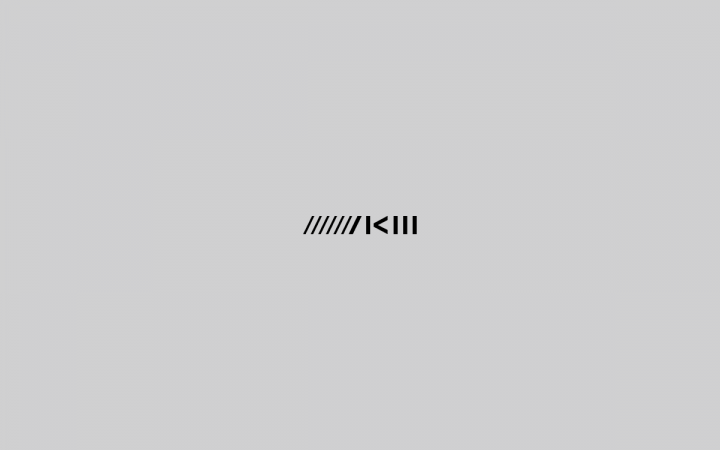Theater of Transparency is the title of an installation by the Argentinean artist Osvaldo Romberg. At the centre of the work are his videos the protagonists of which are puppets.
Today transparency defines our every environment: from galleries to cityscapes, the spaces that we live, work, and interact in are invariably cloaked in see-through skins of glass. Early modernists already dreamed about transparency, beginning with Bruno Taut's iconic Glass Pavilion (1914) at the Cologne Deutscher Werkbund Exhibition, to the clean lines of Ludwig Mies van der Rohe's Farnsworth House and the all-glass facade of Philip Johnson's house in New Canaan, Connecticut.
For historians such as Alfred Barr, Sigfried Giedeon, and Henry-Russell Hitchcock, the International Style in modern architecture was formally and conceptually inseparable from the work being done at the Bauhaus, as well as the abstract art of Cubism, Purism, and Dutch abstraction. In Giedeon's Space, Time and Architecture (1941), he argues that twentieth-century architecture and painting developed along parallel conceptual pathways. Similarly, the influence of painting on architecture was the subject of Hitchcock's book Painting Toward Architecture (1948).
In Theater of Transparency, the Argentine artist Osvaldo Romberg takes up this parallel history of painting and architecture. While Romberg's artistic development began with a conceptual approach to painting, his work finds new articulations today in the field of architectural experimentation and electronic media. The "theater" features three videos that the artist has produced during the last few years. These video productions are at the center of the event, together with the protagonists of these narratives--namely a series of humanoid dolls and puppets made of transparent acrylic. In making these videos the artist has used these dolls as projection surfaces, highlighting the fact that they have no fixed meaning. Their very identities and sexualities are in a state of perpetual flux, echoing our modern fascination with consumerism and individual choice.
The videos reflect his desire to universalize the world as an image by mixing narratives, personalities, and temporalities through a post-historical collage technique. Romberg extends the historically determined nature of collage, freeing it from fixed paper and placing it in free-space, where the image behaves like free-floating signifiers. In so doing, he disregards fixed histories and classifications, emphasizing instead an expressive relationship to history where the likes of Charlie Chaplin, Shakespeare, and Che Guevara seemingly co-exist.
From the transparent humanoids to the translucent screens, Romberg's work calls attention not simply to the massive visual culture that governs our modern world, but also its emptiness and negativity. Content-wise, Romberg extends the collage techniques to encompass the theater of identities as a theater of masques and personae (a typical subject of postmodernism) and shows the dark side of the modern dream of transparency: delirious machines are traded on a market of desire. Transparency creates monsters like the sleep of reason. Transparency is a theater hiding a market of guilt. Our relation to rationality, to culture, is purely theoretical.
Born in Buenos Aires the painter, media and concept artist Osvaldo Romberg lives and works in New York, Philadelphia and Isla Grande, Brazil. He has participated in numerous exhibitions throughout the world. His work "Mikve at Masada" could be recently viewed as part of the exhibition "Medium Religion."
- Credits
- Peter Weibel (Curator)
- Aaron Levy (Curator)
- Organization / Institution
- ZKM
- Partners
Neue Galerie Graz am Landesmuseum Joanneum

